Development of Point of Sale (POS) Systems
Designing a Highly Versatile Point of Sale System to Maximize Revenue,
Optimize Operations, and Enhance Customer Experience
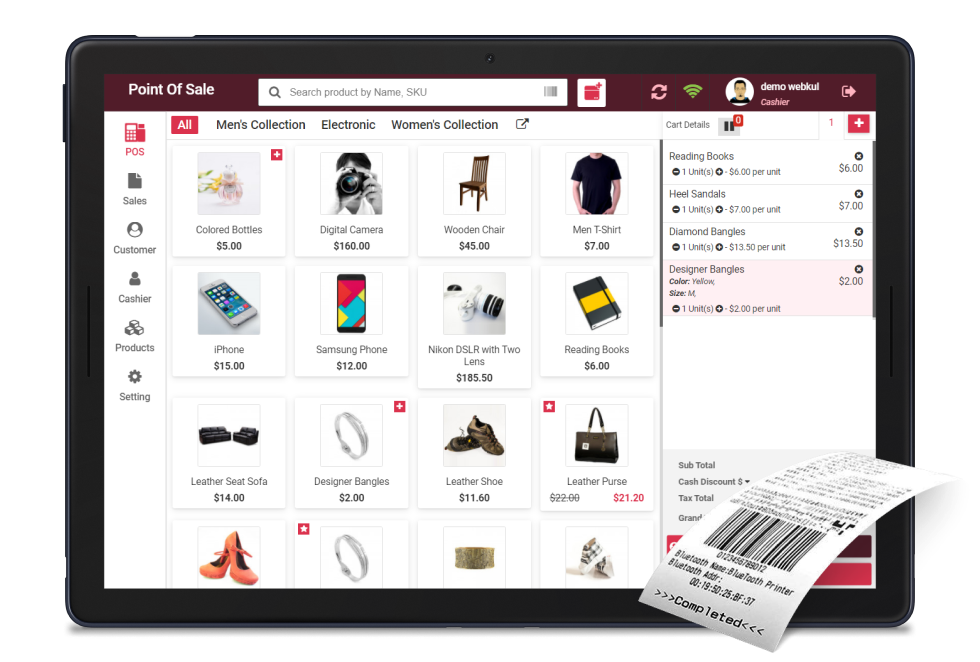
Why POS?
The Point of Sale (POS) system simplifies the management of physical retail stores for retailers. It assists in overseeing products and inventory control. Additionally, POS systems maintain comprehensive records of customers and their orders while monitoring business loyalty programs. Consequently, this contributes to an enhanced shopping experience for customers.
Payment Modes
POS systems offer easy and organized payment processing functionalities.
Product Inventory Management
The administrator has the ability to allocate inventory to outlets according to their sources.
Customer Management
Sales associates can effortlessly register customers into the POS system and select them during checkout.
Better Sales Tracking
POS systems offer easy and organized payment processing functionalities.
Staff Actions
Sales representatives can conveniently input customer details into the POS and choose them at the point of sale during checkout.
Reduces Mistakes
Point of Sale (POS) systems aid in minimizing errors that often occur during manual updates.
Traditional isolated POS
Technology has evolved rapidly, and the digitalization of cash registers occurred a decade or two ago. The journey began with the introduction of traditional POS systems. A conventional POS system involved setting up physical servers and heavy equipment, relying heavily on hardware. It primarily served large-scale merchants, offering improved productivity and enhanced shopping experiences. However, it came with certain drawbacks, such as being:
- Costly
- High maintenance expenses
- Lacking cross-channel integrations
- Bulky hardware
Omni-Channel POS in the Cloud
We recommend cloud-based POS software for enterprises due to its cost-effectiveness and excellent accessibility. Cloud POS leverages the native components of modern desktops and mobile devices, making it an ideal choice for implementing an omnichannel selling strategy.
Moreover, cloud technology is ubiquitous, and so is Cloud POS. This centralized system provides portability and enables a "go and sell" approach.
Cost friendly
The Omnichannel POS system enables efficient management of all stores without the need for additional investments.
Functions across various devices.
POS should be device-agnostic, functioning seamlessly on all devices
Notable for its excellent accessibility.
Consistent POS data across all platforms.
Conditions at a distance
Operates effectively in remote environments and subsequently synchronizes data with a central system.
Real-Time Information
Omnichannel facilitates the synchronization of data from all channels and offers real-time information as required.
Easily expandable
The Omnichannel feature of the POS system assists in scaling the business according to the owner's vision.
Categories of POS: Online-Based and Native POS
Point of sale systems come in two varieties: web-based and native POS. A web-based POS operates through a web browser, accessible via a URL, connecting to your server and automatically synchronizing data with your website.
On the other hand, a native POS system functions as a standalone application installed on a specific device, like an Android tablet or an Apple iPad. Being native, it offers seamless integration with the hardware resources of the device and leverages the platform's capabilities.
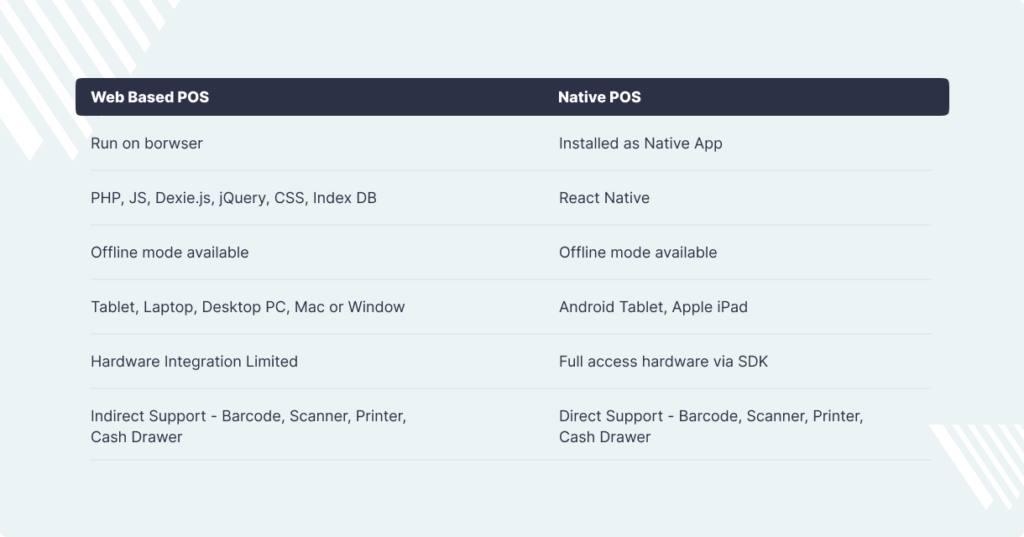
Where can POS be applied?
For eCommerce enterprises, implementing a Point of Sale (POS) system can significantly boost sales and revenue. This system offers customers the flexibility to shop both online and in physical stores.
However, POS systems aren't exclusive to eCommerce businesses; they have versatile applications across various industries. For example, they can be utilized for order-taking in coffee shops, hotel room reservations, ticket sales for events, and in retail stores and restaurants.
Moreover, the integration of a Point of Sale system into any business can enhance customer satisfaction and consequently foster business growth. It plays a pivotal role in building trust between the brand and its clientele.
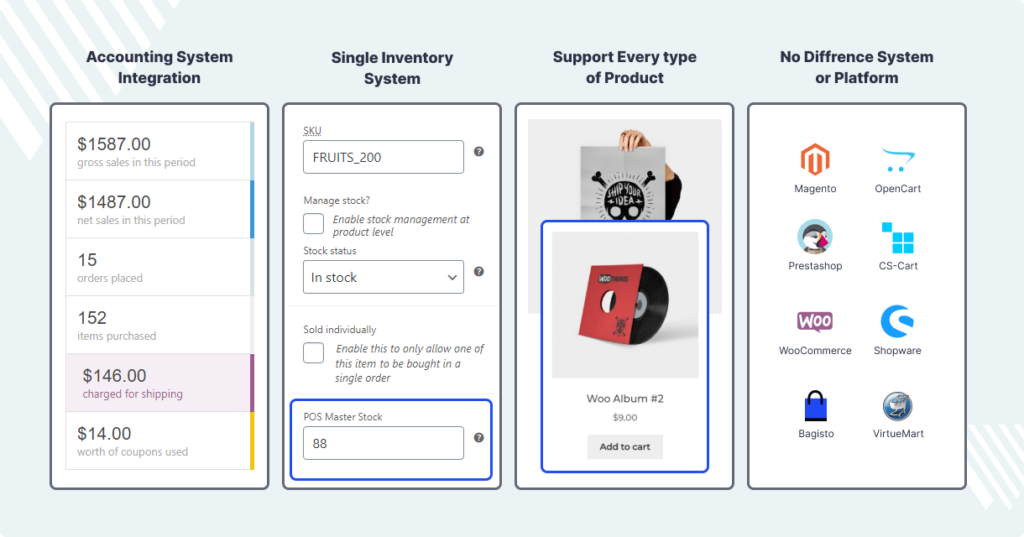
POS Inventory Management
Managing inventory is often the most challenging aspect of running a store, requiring careful organization to monitor every item in stock effectively.
Utilizing robust inventory management through barcoding enables the seamless tracking of numerous product SKUs and categories. Additionally, it allows for the assignment of products and categories to multiple POS outlets.
Effective POS inventory management is beneficial for businesses as it enables the monitoring of items within each POS outlet, automates inventory reordering, and facilitates the smooth transfer of products between various store locations.
Multichannel Inventory Management
Link your store to multiple inventory sources, enabling the centralized management of inventories across various channels from a single website. This makes it effortless to monitor stock levels for specific products within a particular inventory source.
Moreover, the greatest advantage of multi-channel inventory management is that it permits you to concentrate on expanding your business, rather than dedicating all your efforts to inventory management alone.
Manually updating and synchronizing inventory counts across different platforms is an extremely challenging task. However, multi-channel inventory management offers real-time visibility and synchronization for your POS inventory. Consequently, business owners can access a comprehensive view of inventory quantities at different locations, ensuring efficient order fulfillment across all channels.
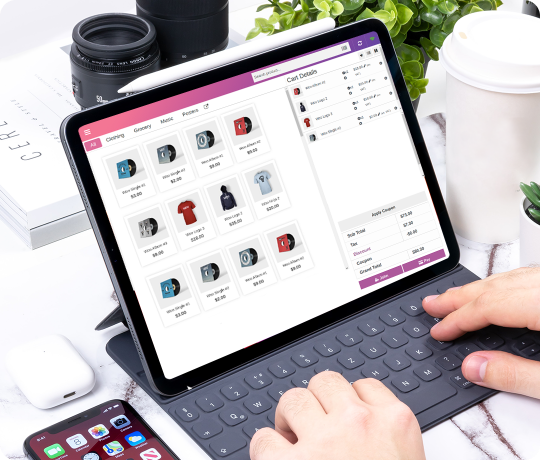

Support for Barcode Scanning
In our previous discussion about Point of Sale (POS), we emphasized the significance of inventory management. To enhance inventory management efficiency, the incorporation of barcode scanning support becomes essential in the POS system.
Moreover, barcode scanning now enables the seamless search and addition of products to the sales order within the Point of Sale interface. This feature empowers POS agents to effortlessly scan products and include them in the sales order with ease.
Furthermore, barcode scanning is not only swift but also highly reliable, significantly reducing the time required for data input compared to manual entry. By utilizing the barcode system, POS agents can promptly identify products, resulting in a much quicker checkout process compared to manually entering product information.

POS Outlet Inventory Control
In the realm of Point of Sale (POS) systems, it is imperative for retailers to have a clear understanding of their current inventory levels. This knowledge aids them in effectively monitoring their inventory and determining their restocking needs.
Traditionally, inventory management involved retail personnel conducting manual daily stock reviews, a labor-intensive and time-consuming process, particularly for larger-scale businesses.
However, implementing a robust inventory management system through POS significantly reduces the need for extensive manual counting and paperwork. With POS, you can specify the quantity on hand for your outlets, and it automatically deducts from the master stock whenever a sale is completed.
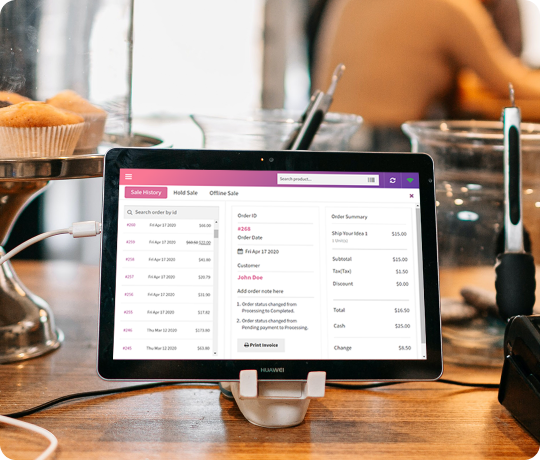
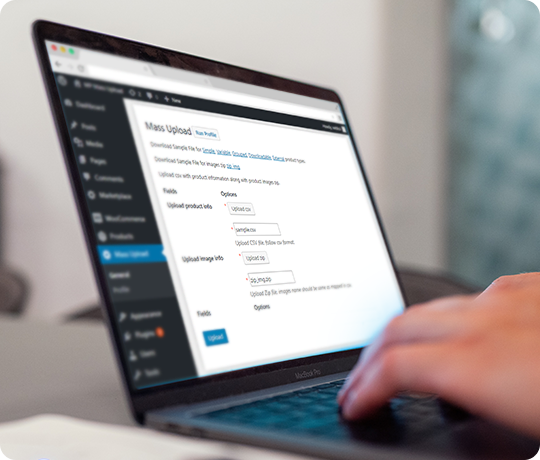
Bulk Product Assignment using CSV file
Introducing a Point of Sale (POS) system into your business often entails the challenging task of assigning products to the various POS outlets, particularly when dealing with a wide array of products common in eCommerce businesses.
To simplify this process, the concept of mass product assignment proves to be a valuable solution. Moreover, this feature allows business owners to efficiently assign products to multiple POS outlets simultaneously, substantially reducing the need for extensive manual effort and saving a considerable amount of time.

Single View to Check all the Assigned Inventory
From the backend, the administrator now has access to a comprehensive inventory dataset, which contains essential product information for subsequent assignment and inventory management purposes.
Managing inventory and in-hand stock across physical stores can be a daunting task. However, with Smartron Solutions POS, you can specify the quantity on hand for your outlets, and it will automatically deduct from the master stock when a sale is made, simplifying this complex process.


Display Device
POS systems offer easy and organized payment processing functionalities.

Web Browser
Multiple web browsers are compatible, including IE, Firefox, Chrome, Safari, and Opera.
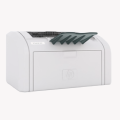
Barcode Label Printer
Create personalized barcode labels and affix them to your merchandise.

Barcode Scanner
Utilize a Bluetooth-enabled or USB-connected barcode scanner to scan barcodes and keep your inventory up to date.
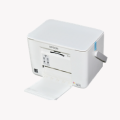
Receipt Printer
Link your thermal printers through the RJ11/RJ12 port, USB, or alternative connections to print tailor-made sales receipts.
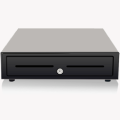
Cash Drawer
Operate the cash drawer or cash register by opening and closing it after it has been linked to your receipt printer.
By choosing Smartron Solution for your POS development needs, you ensure a streamlined, efficient, and user-friendly system that enhances your business operations and customer satisfaction.
